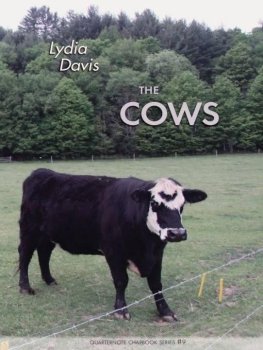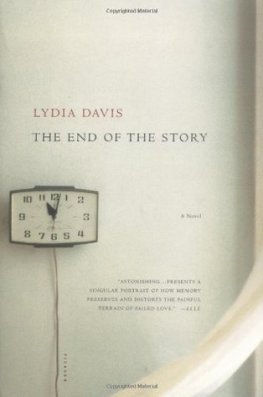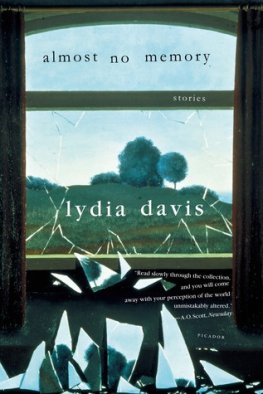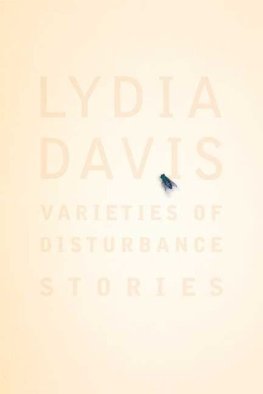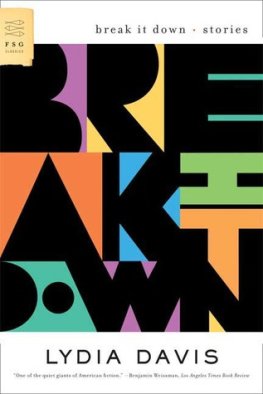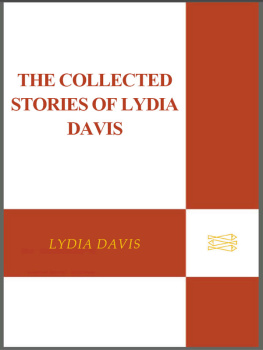EACH NEW DAY, when they come out from the far side of the barn, it is like the next act, or the start of an entirely new play.
They amble out from the far side of the barn with their rhythmic, graceful walk, and it is an occasion, like the start of a parade.
Sometimes the second and third come out in stately procession while the first has stopped and stands still, staring.



They come out from behind the barn as though something is going to happen, and then nothing happens.
Or we pull back the curtain in the morning and they are already there, in the early sunlight.
They are a deep, inky black. It is a black that swallows light.
Their bodies are entirely black, but they have white on their faces. On the faces of two of them, there are large patches of white, like a mask. On the face of the third, there is only a small patch on the forehead, the size of a silver dollar.
They are motionless until they move again, one foot and then another fore, hind, fore, hind and stop in another place, motionless again.

So often they are standing completely still. Yet when I look up again a few minutes later, they are in another place, again standing completely still.
When they all three stand bunched together in a far corner of the field by the woods, they form one dark irregular mass, with twelve legs.
They are often crowded together in the large field. But sometimes they lie down far apart from each other, evenly spaced over the grass.
Today, two appear halfway out from behind the barn, standing still. Ten minutes go by. Now they are all the way out, standing still. Another ten minutes go by. Now the third is out and they are all three in a line, standing still.
The third comes out into the field from behind the barn when the other two have already chosen their spots, quite far apart. She can choose to join either one. She goes deliberately to the one in the far corner. Does she prefer the company of that cow, or does she prefer that corner, or is it more complicated that that corner seems more appealing because of the presence of that cow?
Their attention is complete, as they look across the road: They are still, and face us.
Just because they are so still, their attitude seems philosophical.
I see them most often out the kitchen window over the top of a hedge. My view of them is bounded on either side by leafy trees. I am surprised that the cows are so often visible, because the portion of the hedge over which I see them is only about three feet long, and, even more puzzling, if I hold my arm straight out in front of me, the field of my vision in which they are grazing is only the length of half a finger. Yet that field of vision contains a part of their grazing field that is hundreds of square feet in area.
That ones legs are moving, but because she is facing us directly she seems to be staying in one place. Yet she is getting bigger, so she must be coming this way.
One of them is in the foreground and two are farther back, in the middle ground between her and the woods. In my field of vision, they occupy together in the middle ground the same amount of space she occupies alone in the foreground.
Because there are three, one of them can watch what the other two are doing together.
Or, because there are three, two can worry about the third, for instance the one lying down. They worry about her even though she often lies down, even though they all often lie down. Now the two worried ones stand at angles to the other, with their noses down against her, until at last she gets up.
They are nearly the same size, and yet one is the largest, one the middle-sized, and one the smallest.
One thinks there is a reason to walk briskly to the far corner of the field, but the other thinks there is no reason, and stands still where she is.
At first she stands still where she is, while the other walks away briskly, but then she changes her mind, and follows.
She follows, but stops halfway there. Is it that she has forgotten why she was going there, or that she has lost interest? She and the other are standing in parallel positions. She is looking straight ahead.

How often they stand still and slowly look around as though they have never been here before
But now, in an access of emotion, she trots a few feet.
I see only one cow, by the fence. As I walk up to the fence, I see part of a second cow: one ear sticking sideways out the door of the barn. Soon, I know, her whole face will appear, looking at me.

They are not disappointed in us, or do not remember being disappointed. If, one day, when we have nothing to offer them, they lose interest and turn away, they will have forgotten their disappointment by the next day. We know, because they look up when we first appear, and dont look away.
Sometimes they advance as a group, in little relays.
One gains courage from the one in front of her and moves forward a few steps, passing her by just a little. Now the one farthest back gains courage from the one in front and moves forward until she, in turn, is the leader. And so in this way, taking courage from each other, they advance, as a group, toward the strange thing in front of them.
In this, functioning as a single entity, they are not unlike the small flock of pigeons we sometimes see over the railway station, wheeling and turning in the sky continuously, making immediate small group decisions about where to go next.
When we come close to them, they are curious and come forward. They want to look at us and smell us. Before they smell us, they blow out forcefully, to clear their passages.
They like to lick things a persons hand or sleeve, or the head or shoulders or back of another cow. And they like to be licked: while she is being licked, she stands very still with her head slightly lowered and a look of deep concentration in her eyes.
One may be jealous of another being licked: she thrusts her head under the outstretched neck of the one licking, and butts upward till the licking stops.


Two of them are standing close together: now they both move at the same moment, shifting into a different position in relation to each other, and then stand still again, as if following exactly the instructions of a choreographer.
Now they shift so that there is a head at either end and two thick leg-clusters in between.
After staying with the others in a tight clump for some time, one walks away by herself to the far corner of the field: at this moment, she does seem to have a mind of her own.

